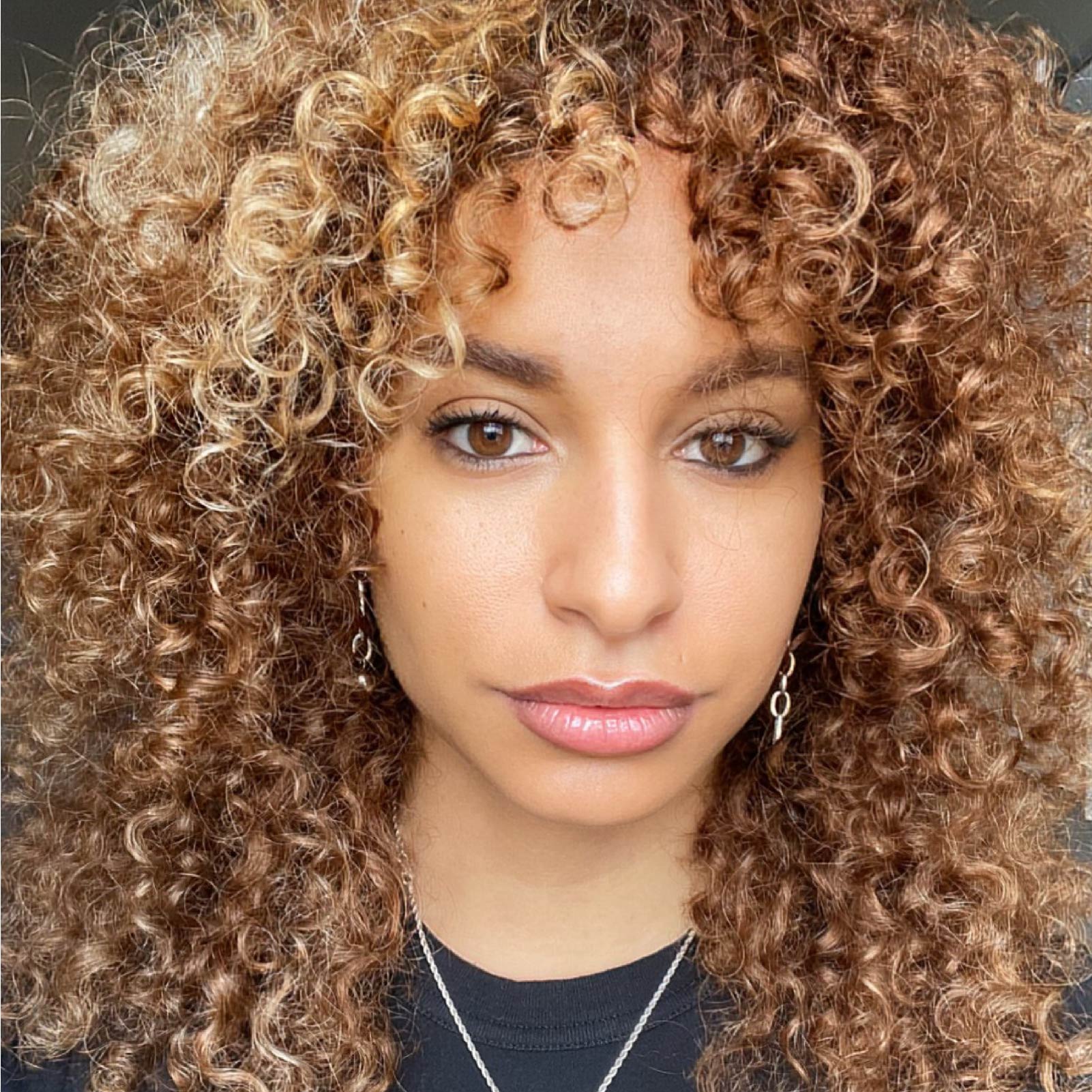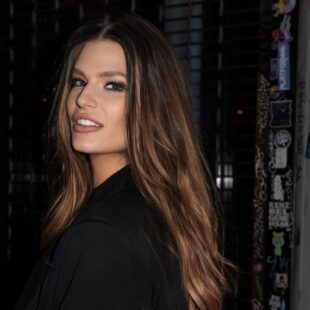Designing hair color that is fully customized to skin tone, natural features, haircut, and desired maintenance is the latest trend among haircolorists and their clients. As a technique innovator, I’m always looking to teach color strategies that provide maximum customization opportunity with less work and stress on both the hair, and the colorist doing the service. The strategy I’ve revisited, modernized, and become obsessed with is a foundational color technique I originally learned from my mother in the salon, base shifting.
Back in 2010 I was assisting my mom, Mary Siskovic, at her salon Today’s Headline Salon in Strongsville, OH, single process color was her bread and butter. Base shifting was an easy single process application that allowed her to get her clients in and out with stunning end results. Her approach to base shifting made her clients absolutely obsessed with the end results, and left them feeling like they had a color that was 100% custom fit to them.
Base Shifting
What is it?
Base Shifting is a color technique in which you shift the clients natural base color using a permanent color formula. The shift is typically either lighter, warmer, or a combination of the two and creates impactful but easy customization for the client’s look. Typically this is a permanent color formula mixed with 10-25 volume developer, and is applied to natural hair either on the scalp as a root melt, base shattered off the scalp leaving built in dimension, or all over.
Who are the best clients?
This is honestly a great technique for every fabric of hair, and creates a ton of opportunity to customize the chair color palette to any skin tone. The trick is understanding the right strategy and approach based on what the clients goals are AND what’s realistic with what they have going on. This should be explored through a detailed consultation and can be simplified with a few ideation questions:
- What is the client’s skin tone (both surface and undertone)? Surface skin tone can change, undertone is pretty consistent. I like to do this right away, and even reassess surface tone specifically with returning clients (especially in summer when everyone is getting tan). In New York I often come across clients and models who just know (usually because they’re very well versed in make up and beauty). But if they don’t know it’s super easy to find out their undertone with them. I love using the old inner wrist vein trick to determine this. To our eye, veins appear blue through our skin. The inner wrist area is usually very clear and undisrupted so it’s a great “filter” in a way to determine how our skin reflects. Using the color wheel, if your veins are appearing more violet through your skin, you have a pink or cool undertone. If your veins are appearing more green, you have a yellow/olive or warm undertone. If you see a combination or if you see blue you can likely be considered neutral or flexible to try warm and cool palettes.
- What is the client’s preferential goal with their overall color look? Obviously we want to know what the client wants. Pictures are great references to understand what the client is seeing and get really specific about their expectations in placement and tone. From there, I like to make recommendations based on their natural palette, desired maintenance level, face shape, and natural features. This is really where base shifting can make an impact.
If within this consultation you find the client is wanting to be overall lighter, or warmer and have natural regrowth to play with, they’re an amazing client for base shifting. Your formula can be customized to their skin tone and overall goals.
Base Shift Formulas and Application Examples
DAKOTA
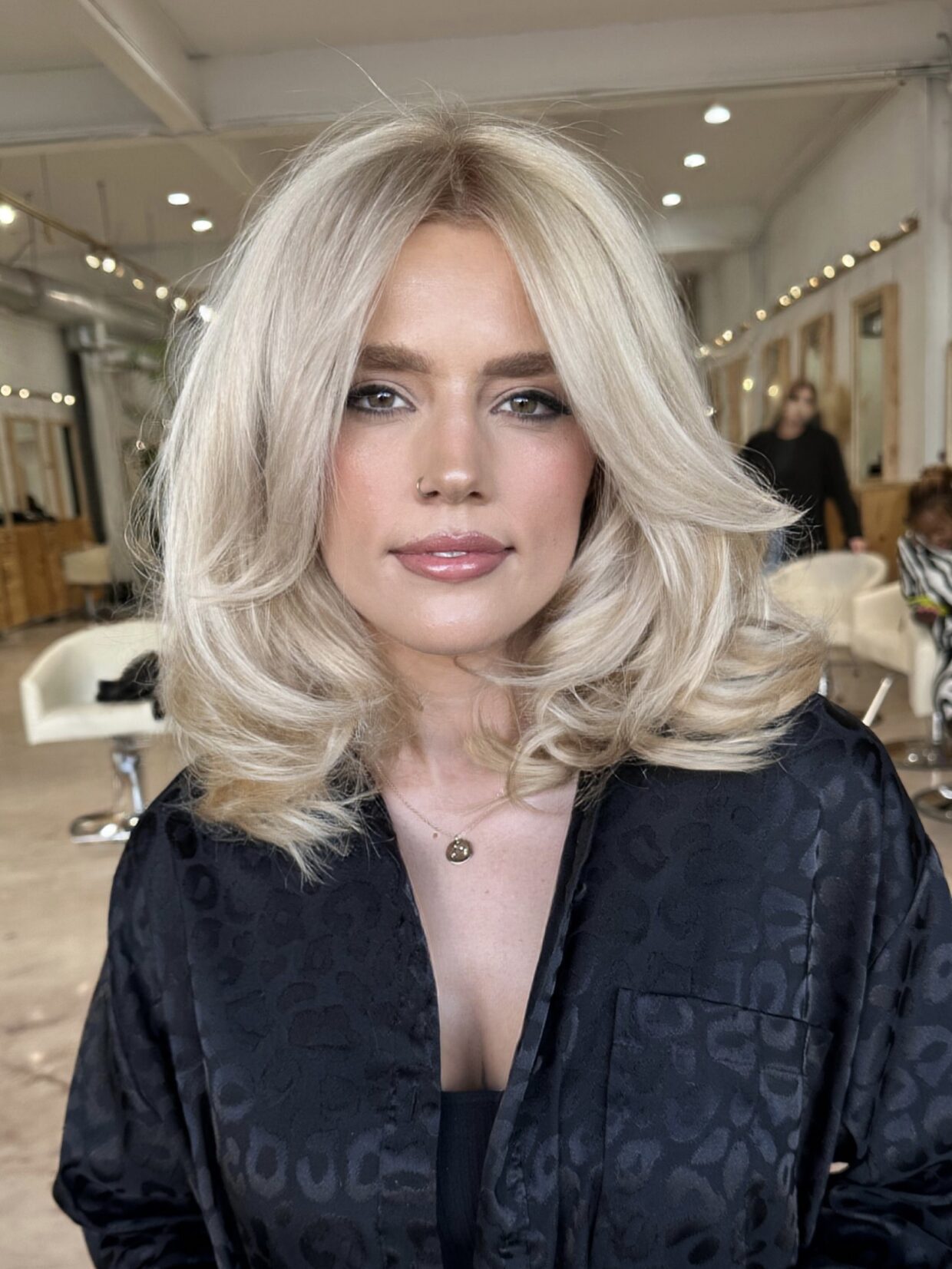
This client’s natural color was creating high contrast end results when next to the client’s skin color. To soften that, a base shift was the perfect way to transition her roots to her new blonde look, in addition to softening her eyebrow color for an overall softer contrast.
Starting Point: NL 5/6, medium texture with delicate previously lightened ends
Base Shift Strategy: I applied lightener in a base shatter application, feathering it 1” away from her scalp creating space and built in dimension at her roots. Then I applied her base shift formula all over the roots, melting it throughout her mid and ends to create built in dimension and a natural shift in color. The base shift formula was also applied to her eyebrows for 8 mins.
Formula: Moroccain Oil Color Rhapsody Permanent Color 8N + 8C + 20vol
CASSIE

With super fine texture, I wanted to apply a base shift to both brighten and soften the natural color. Because this hair is so fine, the base shift gave me a super unique tone and also created a “baby light” effect in a single process without having to highlight.
Starting Point: NL 6 super fine texture grown out level 8 highlights
Base Shift Strategy: I applied the base shift as a base shatter , feathering it 1/4” off the scalp to keep it low maintenance and avoid hot roots.
Formula: Davines A New Colour Permanent 8.1 + 25vol
DANNI
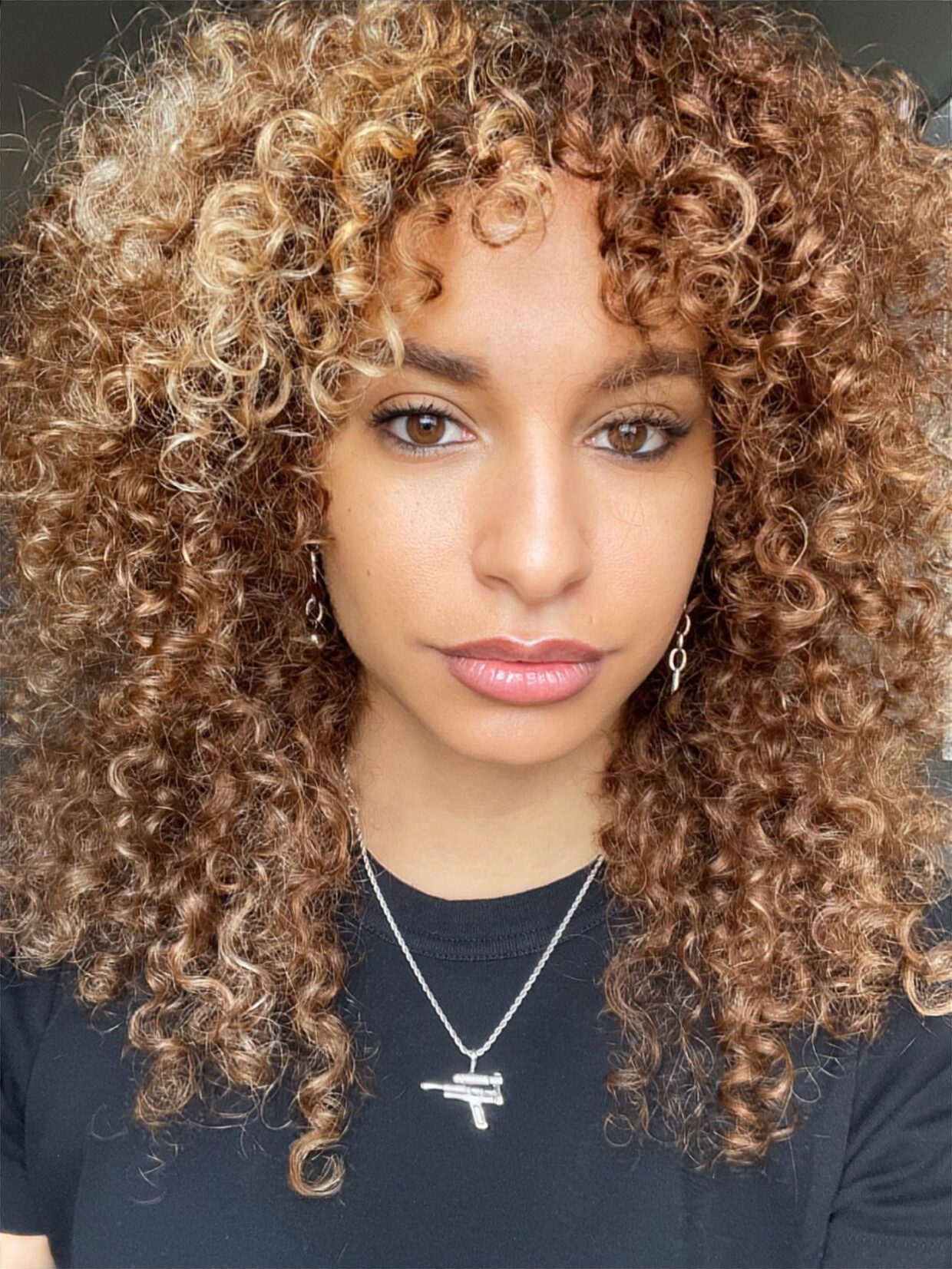
This client was a grown out highlight who wanted to try copper for the first time, but also wanted to keep it a natural looking palette. She needs something low maintenance that could grow out softly.
Starting Point: NL 3 coarse texture, low density with grown out level 9 highlights
Base Shift Strategy: I applied this base shift as a base shatter 1/2” off the scalp and pulled through darker natural pieces to create a natural, soft, but noticeable copper tone. I also applied the base shift formula to her eyebrows for 5 mins + 20vol.
Formula: Milbon Sophistone Permanent Color 7C + 6M + 25vol
COURTNEE
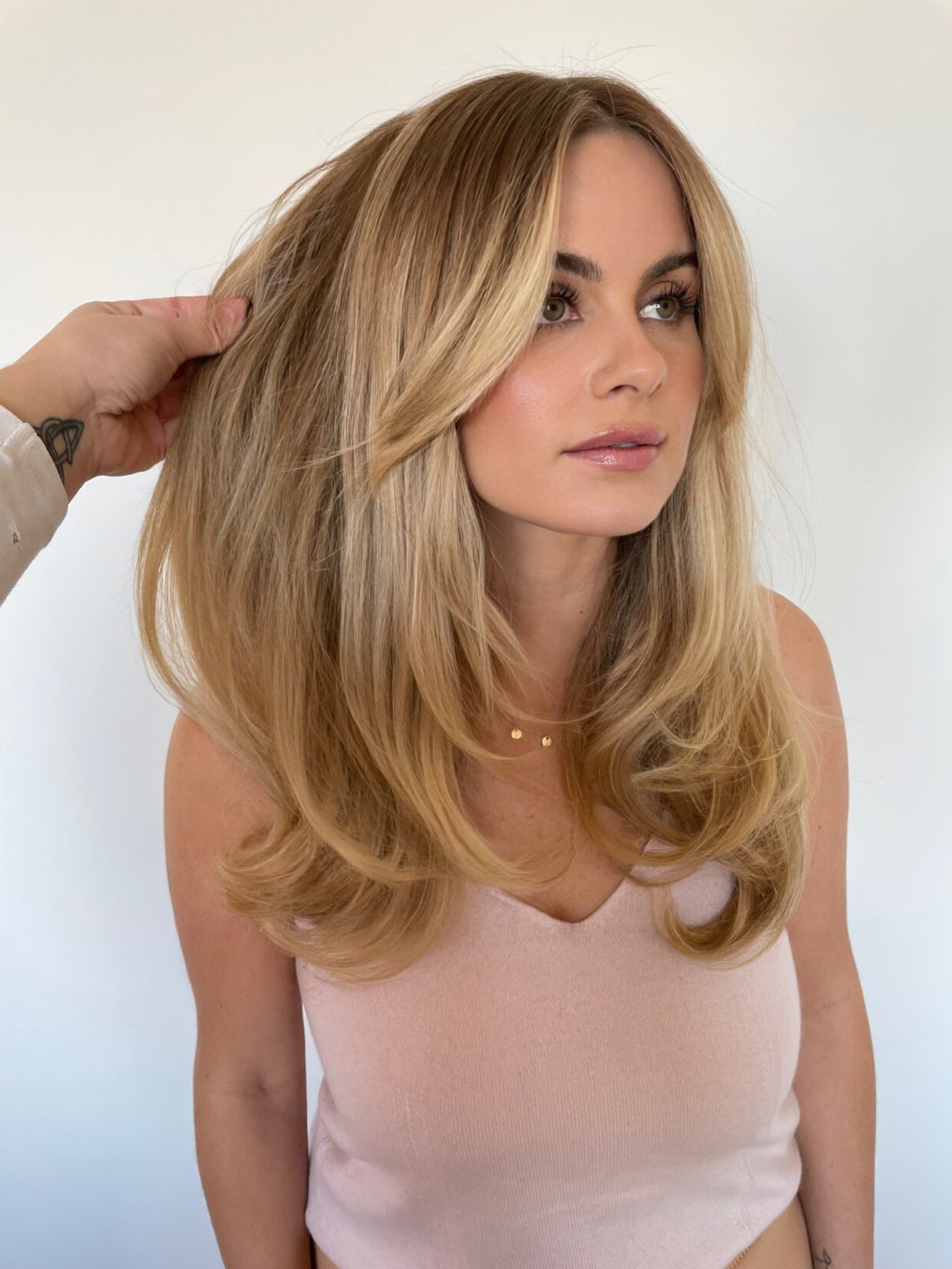
This client was a grown out highlight looking to soften demarcation lines while slightly altering the natural color for a skin tone customized palette. The base shift kept her around the same level, but worked with the natural warmth exposed to create a rich transition color from her natural to her blonde.
Starting Point: NL 7 medium/fine texture with grown out highlights
Base Shift Strategy: Applied directly to the scalp and melted through the meds and ends, this base shift gave this client a “reverse balayage” effect while slightly altering her natural color. It gave her controlled warmth reflection designed to compliment her eye color and skin tone.
Formula: L’Oreal Professional Inoa Permanent Color 6.8 + 8.8 + 10vol
Have you used base shifting lately with your clients? Tell us how you’ve modernized this classic single process color service to create custom looks for your clients & tag @readthetease in your end results!
